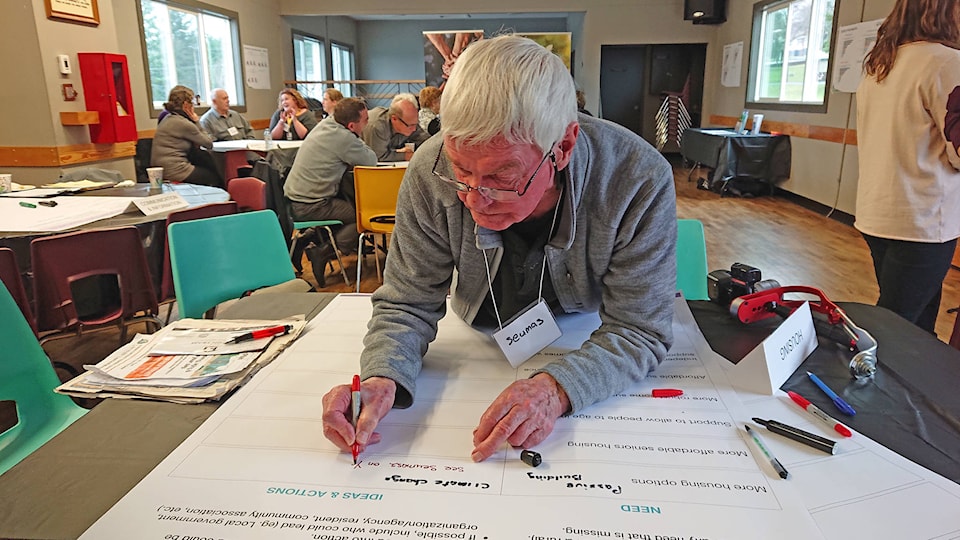BY MIKE YOUDS
Special to the News
Twenty-two percent of Alberni Valley rural residents are senior citizens, a significantly higher proportion than the B.C. average of 13 percent.
More significantly, over the next 20 years the number of Valley residents aged 75 and over is expected to double.
Those figures spoke volumes at an age-friendly workshop hosted earlier this year by the Alberni-Clayoquot Regional District.
While the city has pursued age-friendly recognition since 2013, the ACRD is just getting going with an action plan to be implemented in April.
“The goal is to be recognized by UBCM as an age-friendly community,” ACRD Planner Amy Anaka told workshop participants.
RELATED: Vancouver Island woman creates ‘call list’ for seniors to tackle loneliness
Age-friendliness is a social planning movement launched 15 years ago by the World Health Organization. Shifting demographics — the so-called silver tsunami — helped inspire the movement, but its broader vision has been to improve quality of life overall. B.C. is a recognized leader with more than 40 communities recognized so far.
Age-friendly communities allow people to remain as independent as possible for as long as possible, said Cherie Enns, planning consultant.
“It’s important to note this is a global initiative and it speaks to community,” Enns said. “There are so many times that place is excluded for us due to age.”
Last year, for the first time, people over 65 outnumbered those age 14 and younger, she noted.
The World Health Organization recognizes eight “domains of age-friendliness.” These include safe, accessible environments (indoors and outdoors), transportation, housing, social inclusiveness, support and health services. This calls for an integration of all aspects of community, Enns said.
“There are just so many ways we can rethink community and how we can remain active at all levels,” Enns said.
Anaka offered a snapshot of electoral area age composition. With a median age of 47, 30 percent are between 45 and 64, the largest age group. Average life expectancy is 79. More significantly, over the next 20 years, the number of residents aged 75 and over is expected to double, she said.
RELATED: Island grocery stores dedicate early hours to seniors, health-compromised shoppers
While the ACRD plan is focused on rural areas, city and valley are closely linked: “Really, it’s a plan for the entire valley,” Anaka said.
“There’s already been a lot of age-friendly work done locally and we’re going to make sure we work off that,” she added. Planning revolves around the ACRD zoning bylaw, official community plan, agricultural plan and emergency plan as well as parks and trails.
A resident survey this winter year yielded direct feedback. Among common concerns, accessibility and transportation alternatives were prominent. Safe cycling is limited within the rural areas.
“A lot of people commented on Beaver Creek Road in particular,” Anaka said.
Health concerns include a chronic shortage of physicians and a single walk-in clinic. Respondents also showed strong interest in growing their own food.
“We need many more farmers growing food locally and programs to help people access that food.”
For more news from the Island and beyond delivered directly to your email inbox, click here
